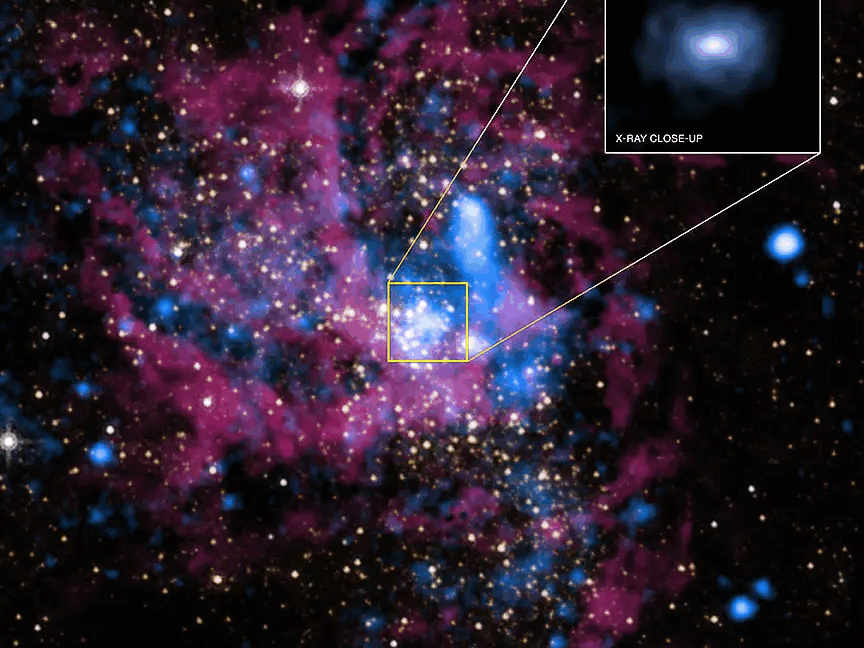
"The initial mass of a star determines its rate of hydrogen burning and subsequent evolution into heavier element fusion. This is integrated into the main sequence, a systematic classification for stars."
"Astrophysicists are exploring the role of dark matter as an energy source through the annihilation of dark matter particles and antiparticles at the galaxy's core, proposing potential implications for star longevity."
"If dark matter particles and their antiparticles collide, they could annihilate and release energy, possibly enabling stars to maintain their luminosity indefinitely or evolve differently along their lifecycle."
"Dark matter collisions are extremely rare due to its non-interacting nature, making high-density environments, like the galactic center, the primary candidates for such phenomena."
The mass of a star dictates its rate of hydrogen fusion and evolutionary path, encapsulated in the star classification system known as the main sequence. Astrophysicists propose dark matter collisions as a potential energy source in stars, particularly at the galactic core where dark matter concentrations may be high. If dark matter particles and their antiparticles annihilate, they could release energy that allows for unusually long-lived stars or alters their evolutionary paths. Such collisions are predicted to be rare, predominantly occurring in regions with extreme densities like that near supermassive black holes.
Read at Ars Technica
Unable to calculate read time
Collection
[
|
...
]